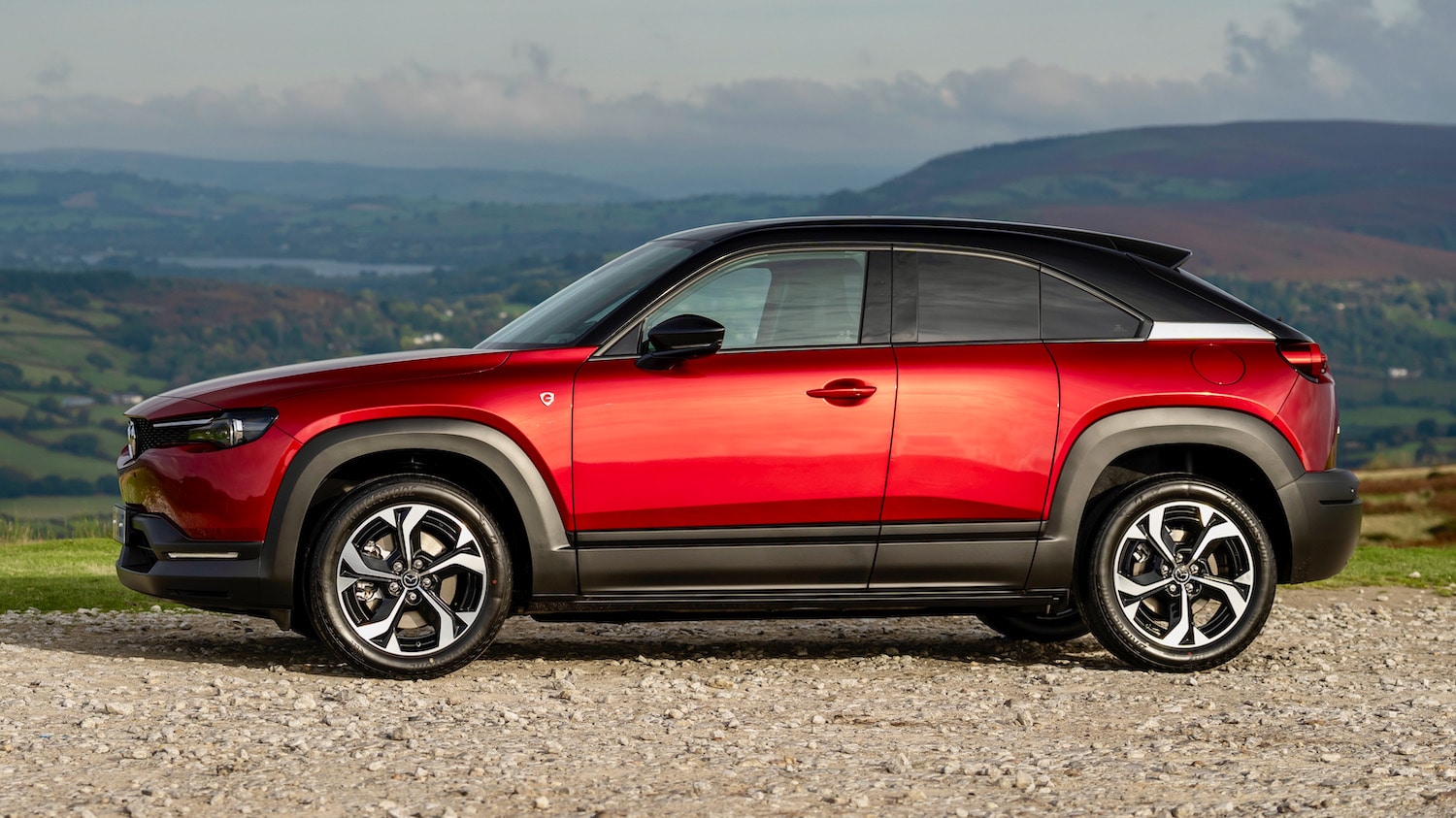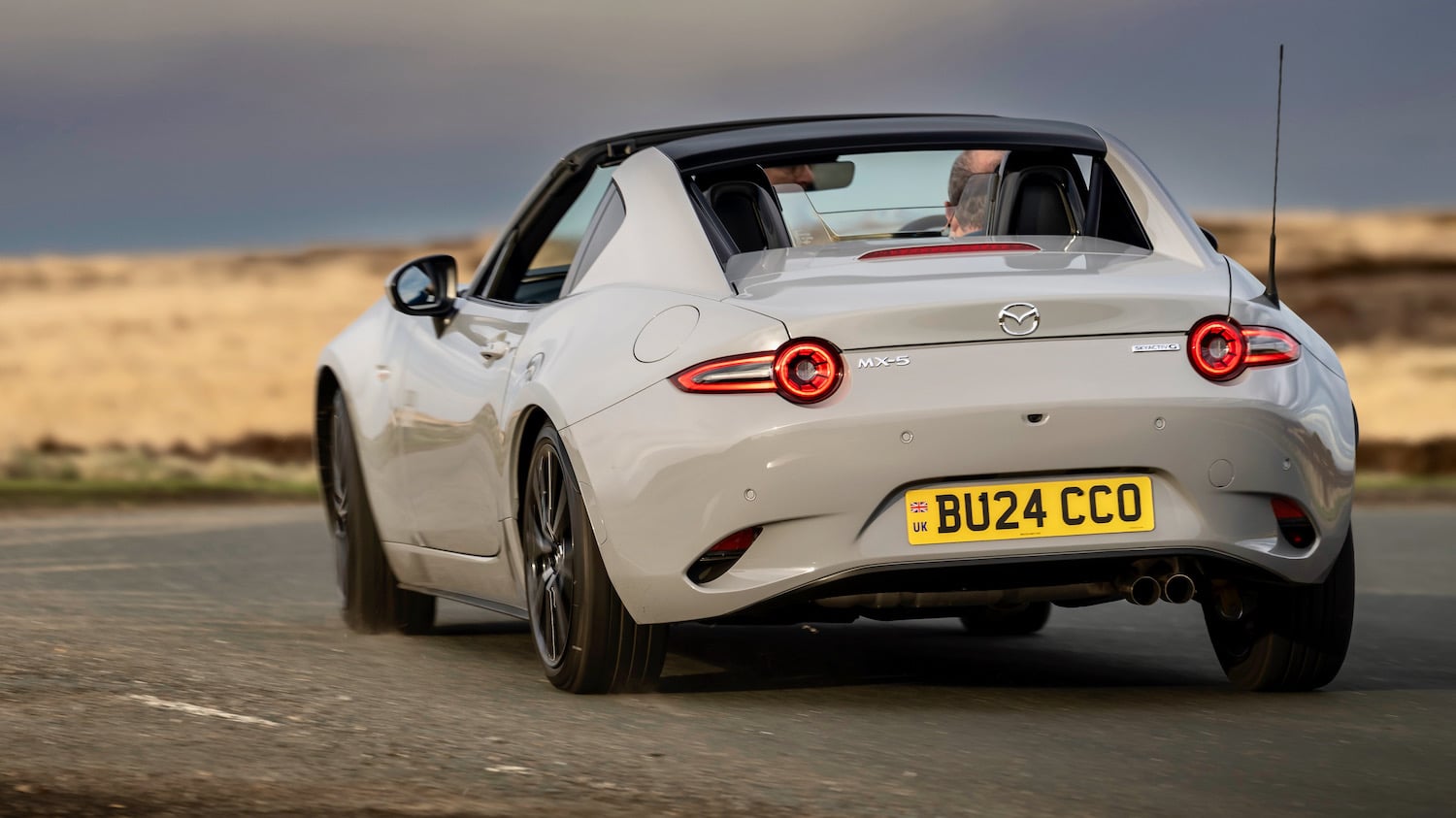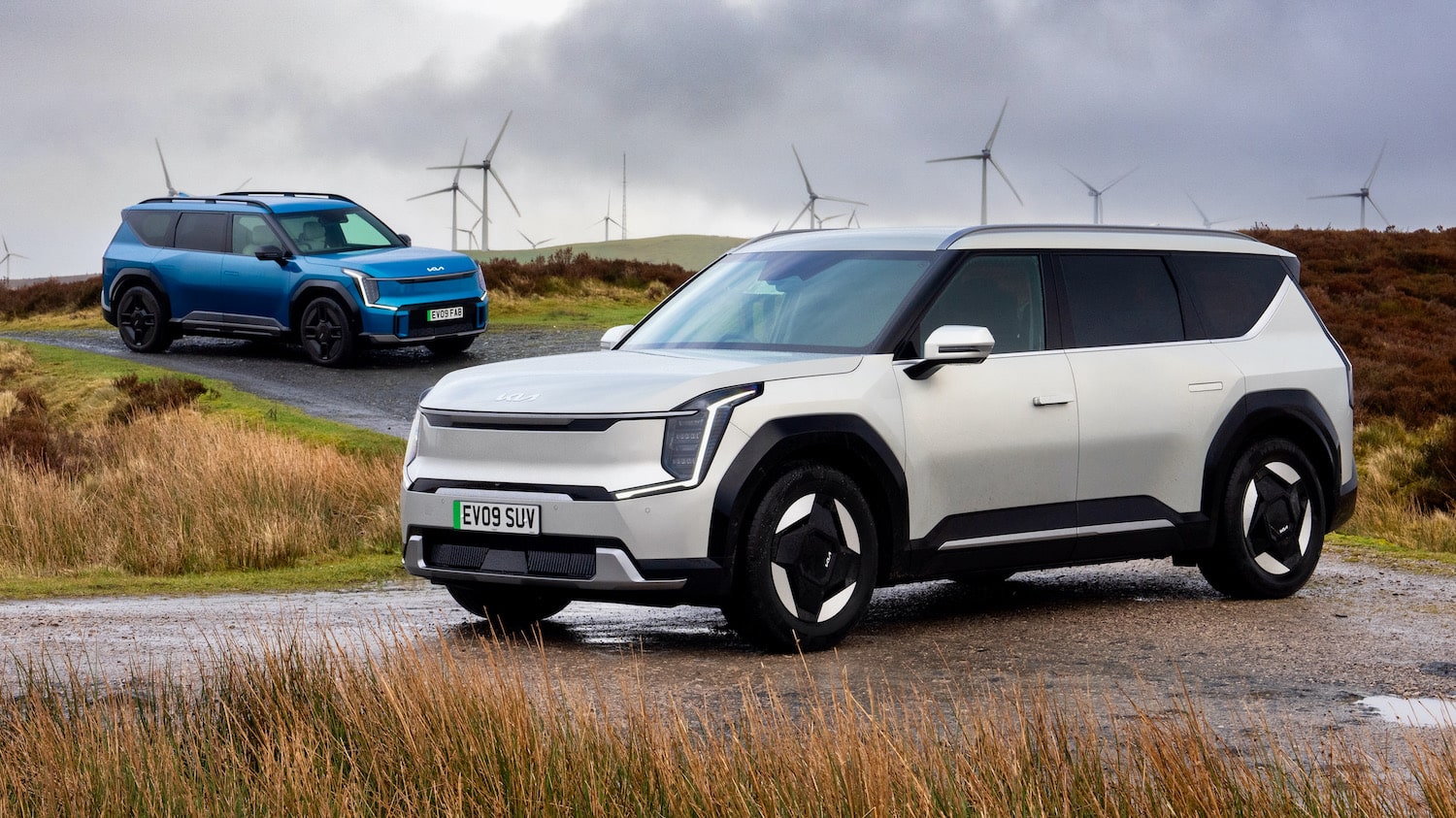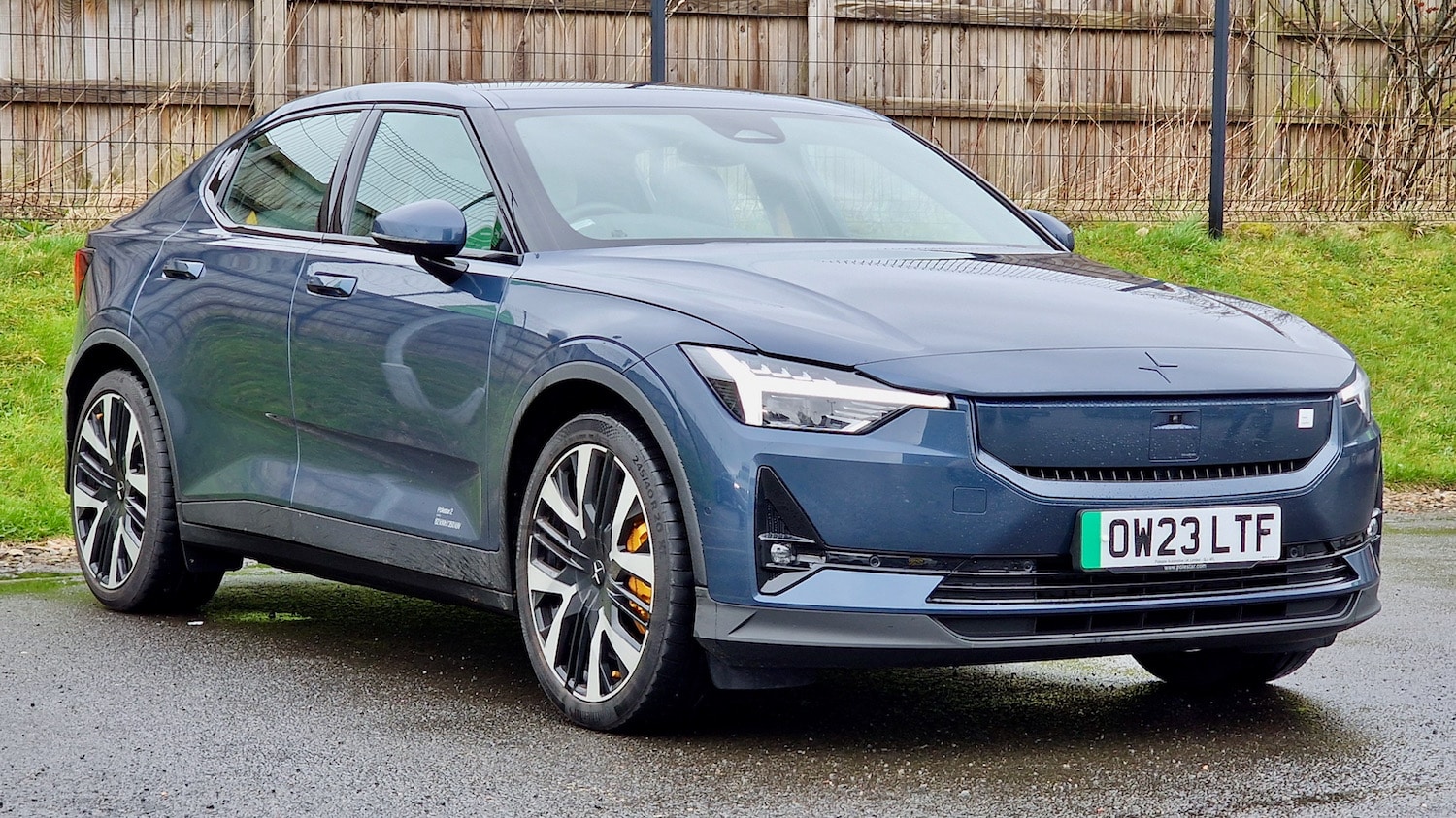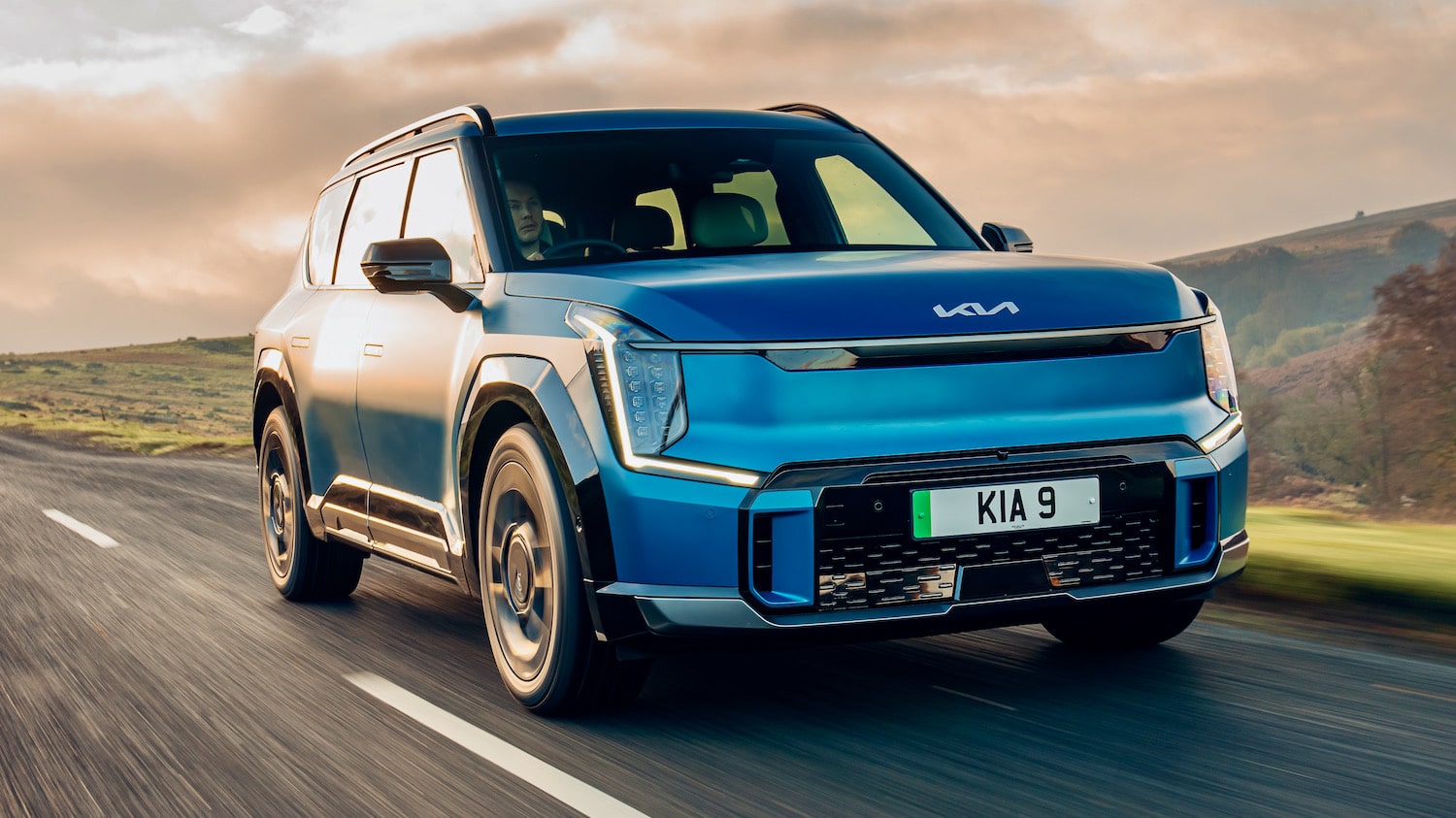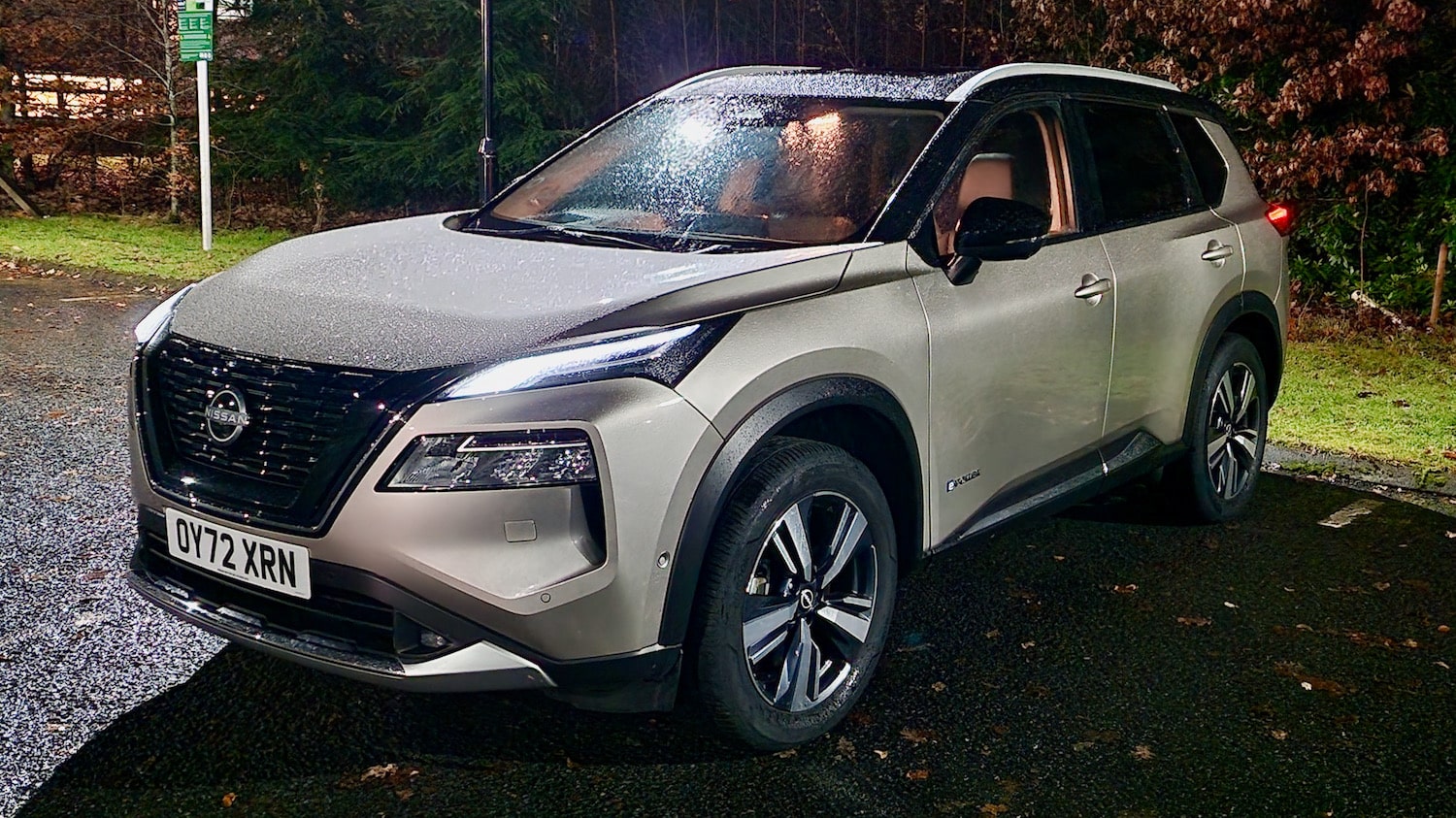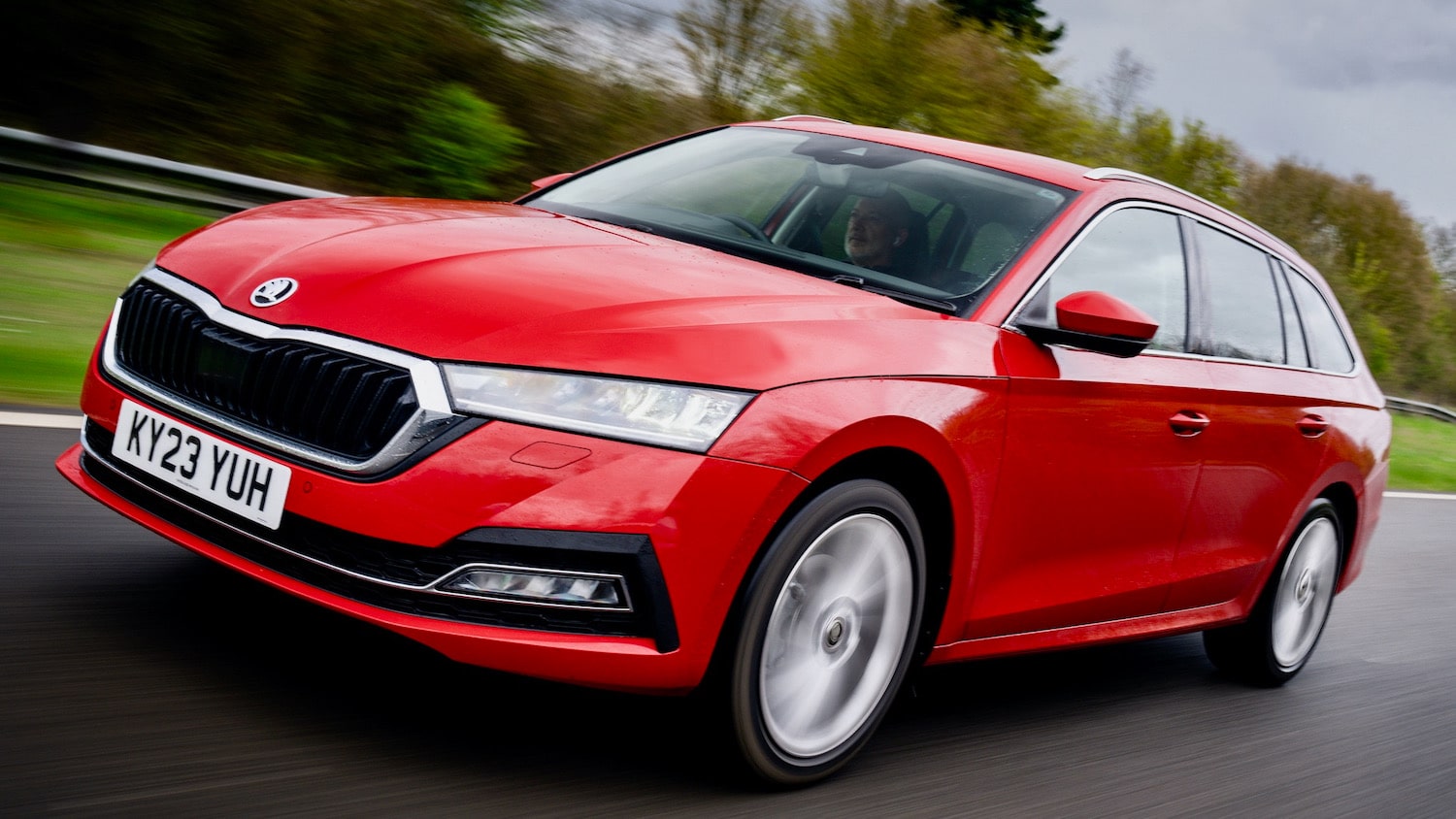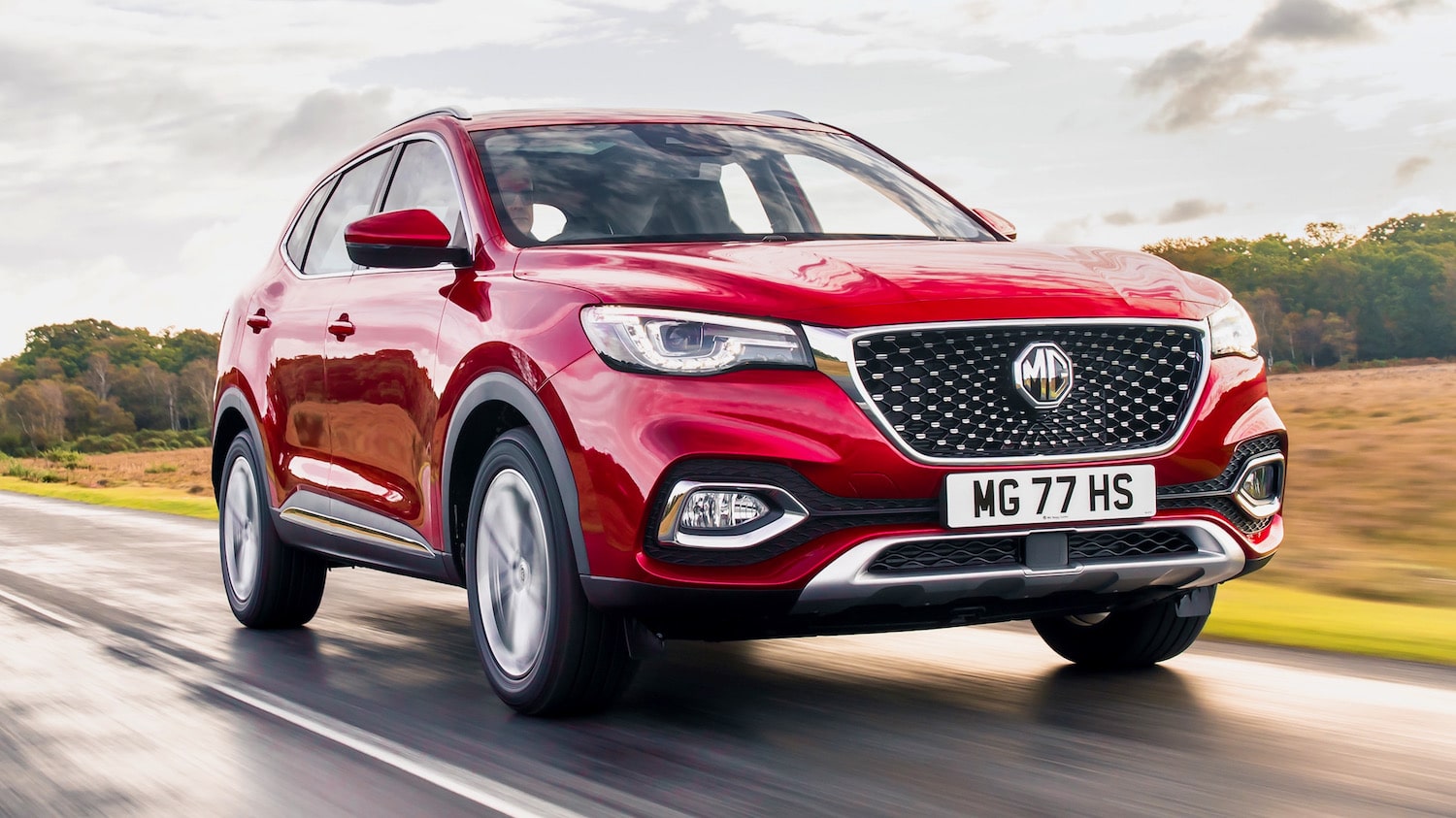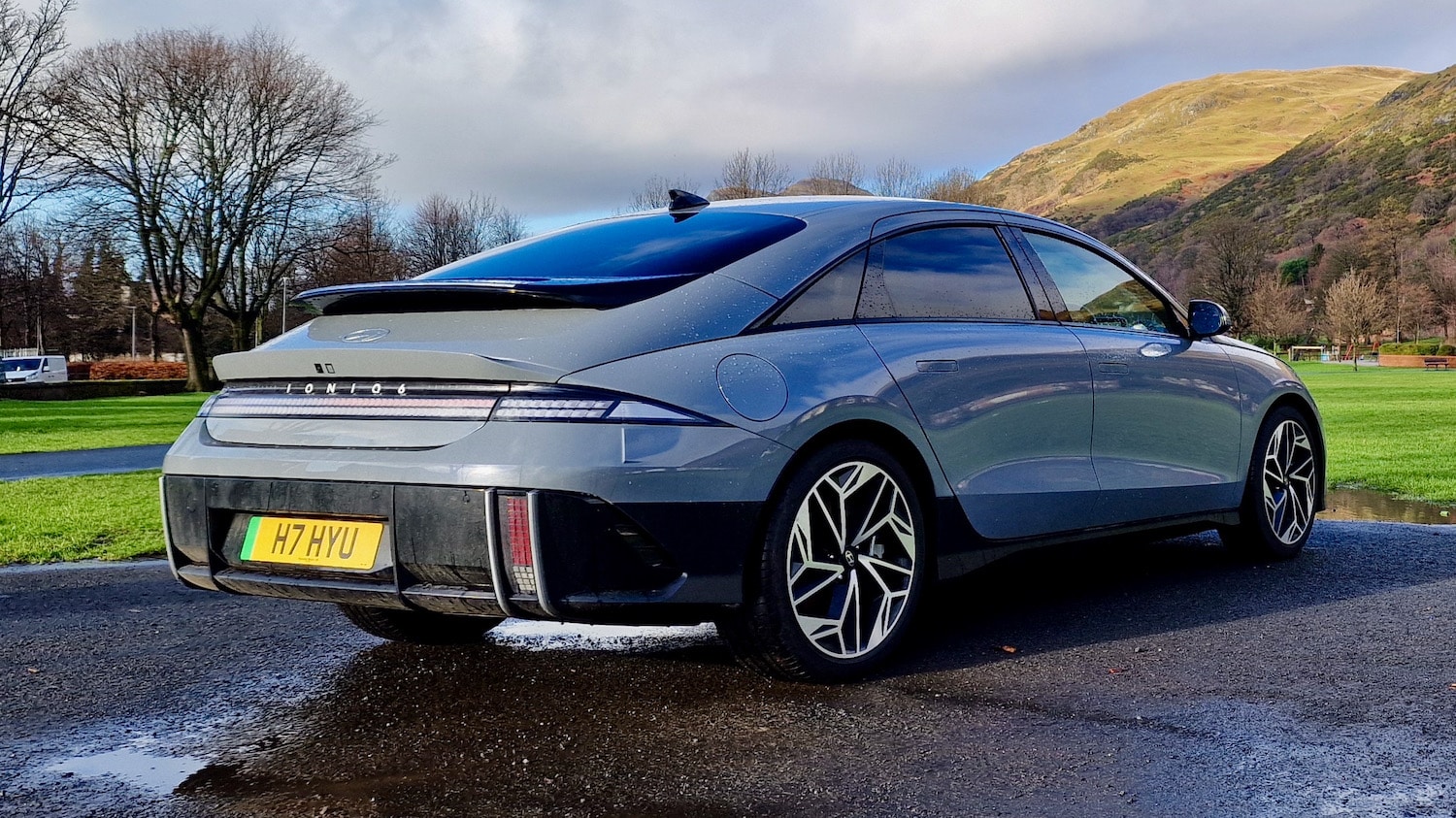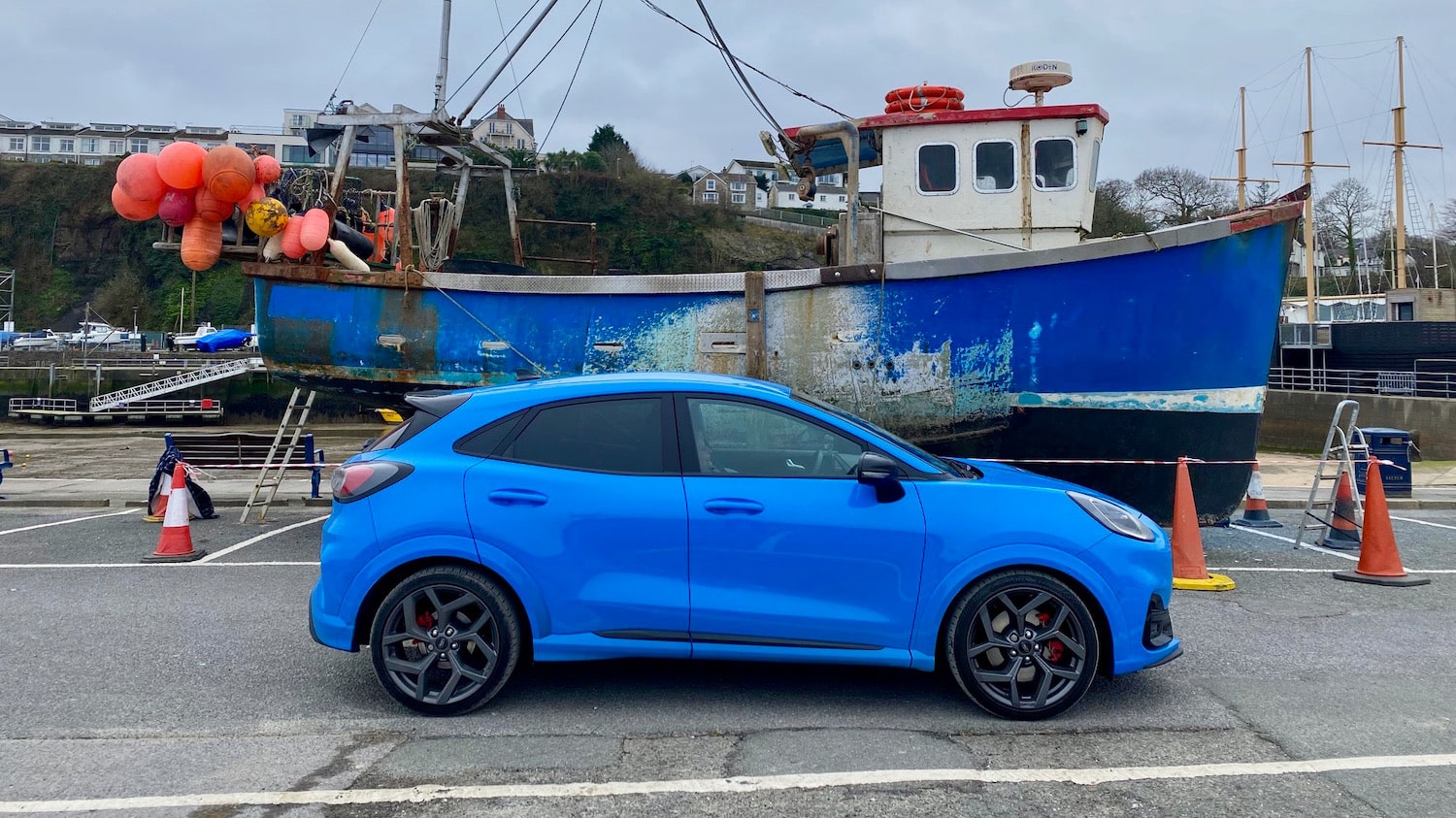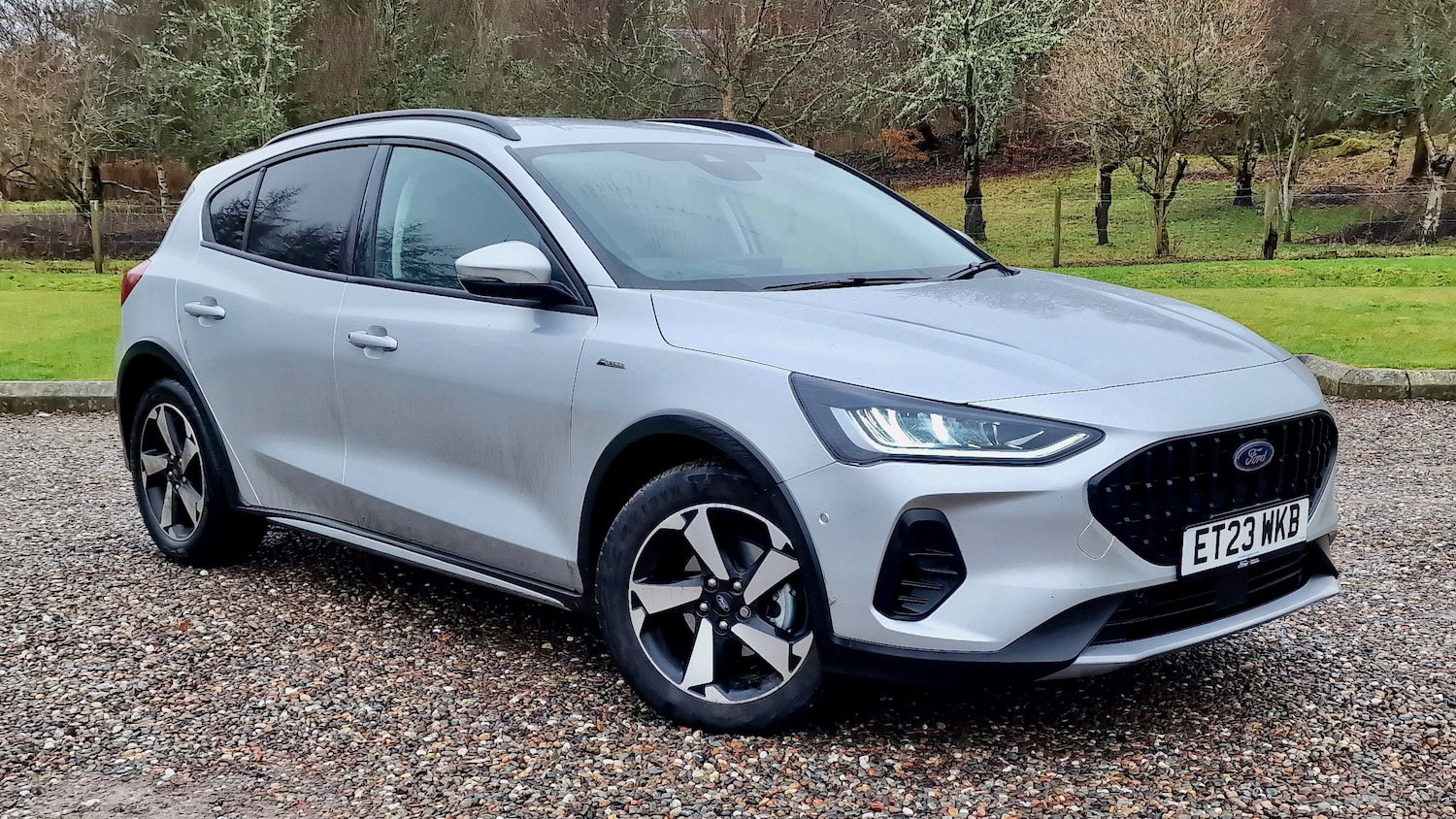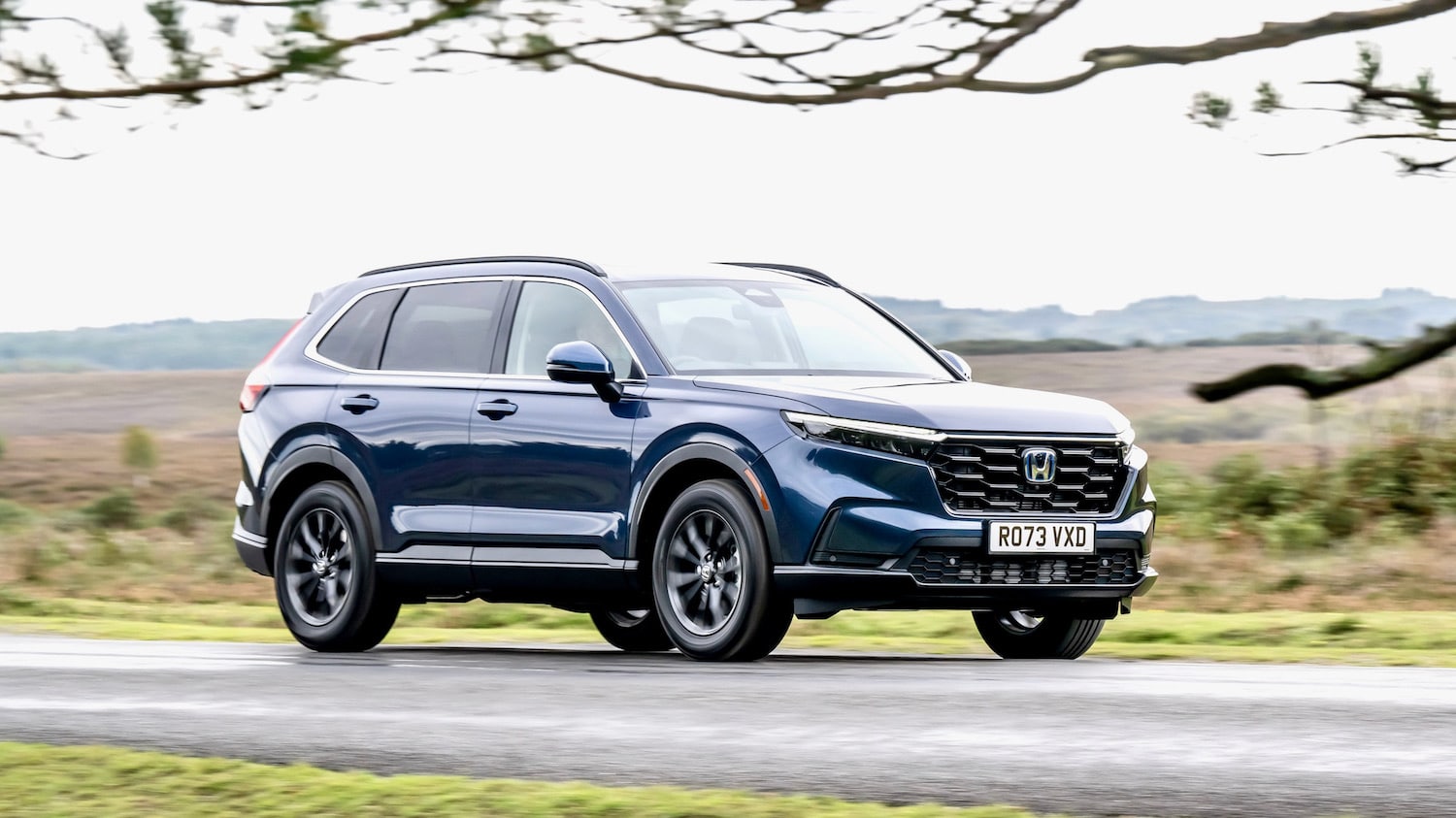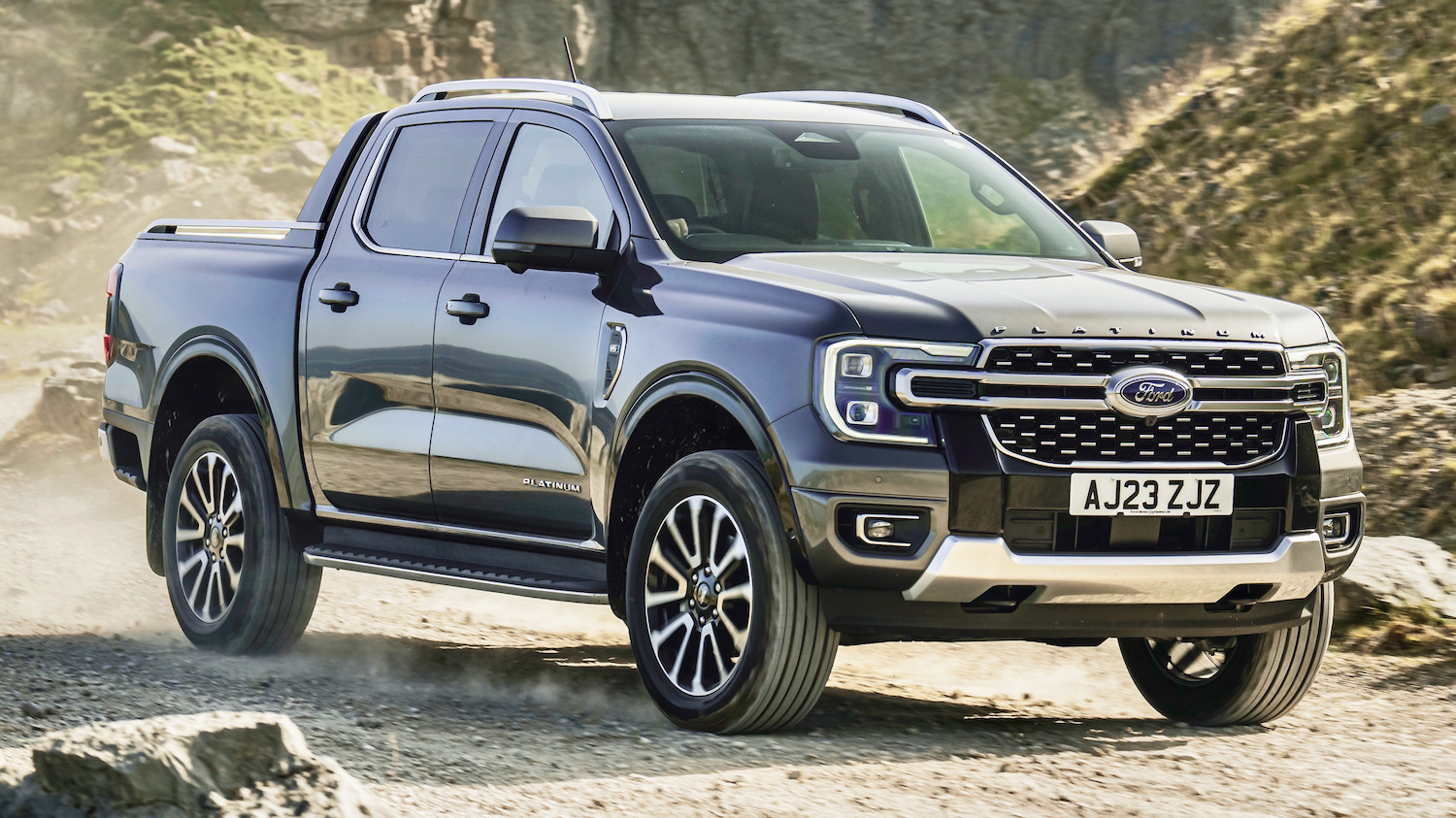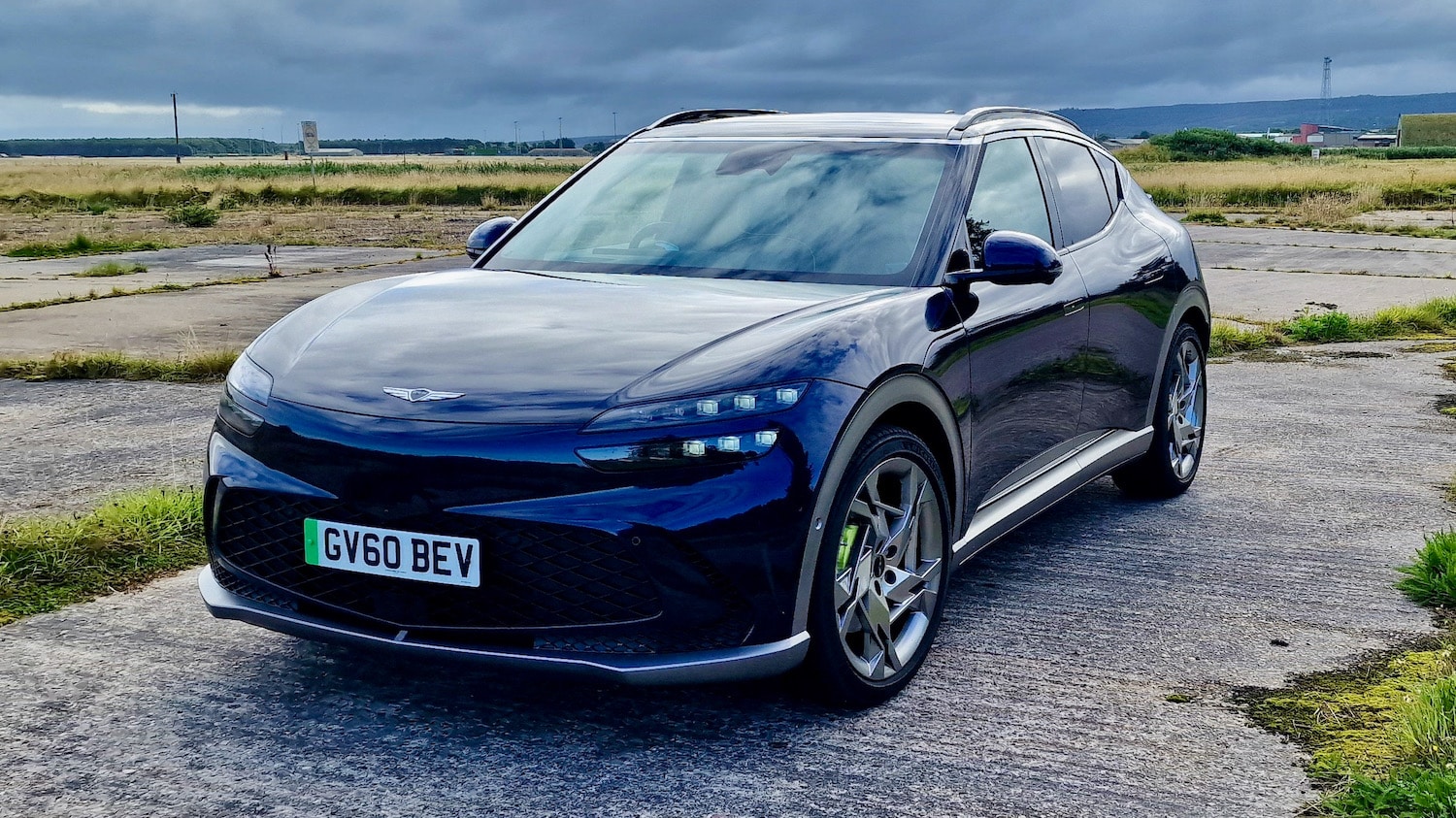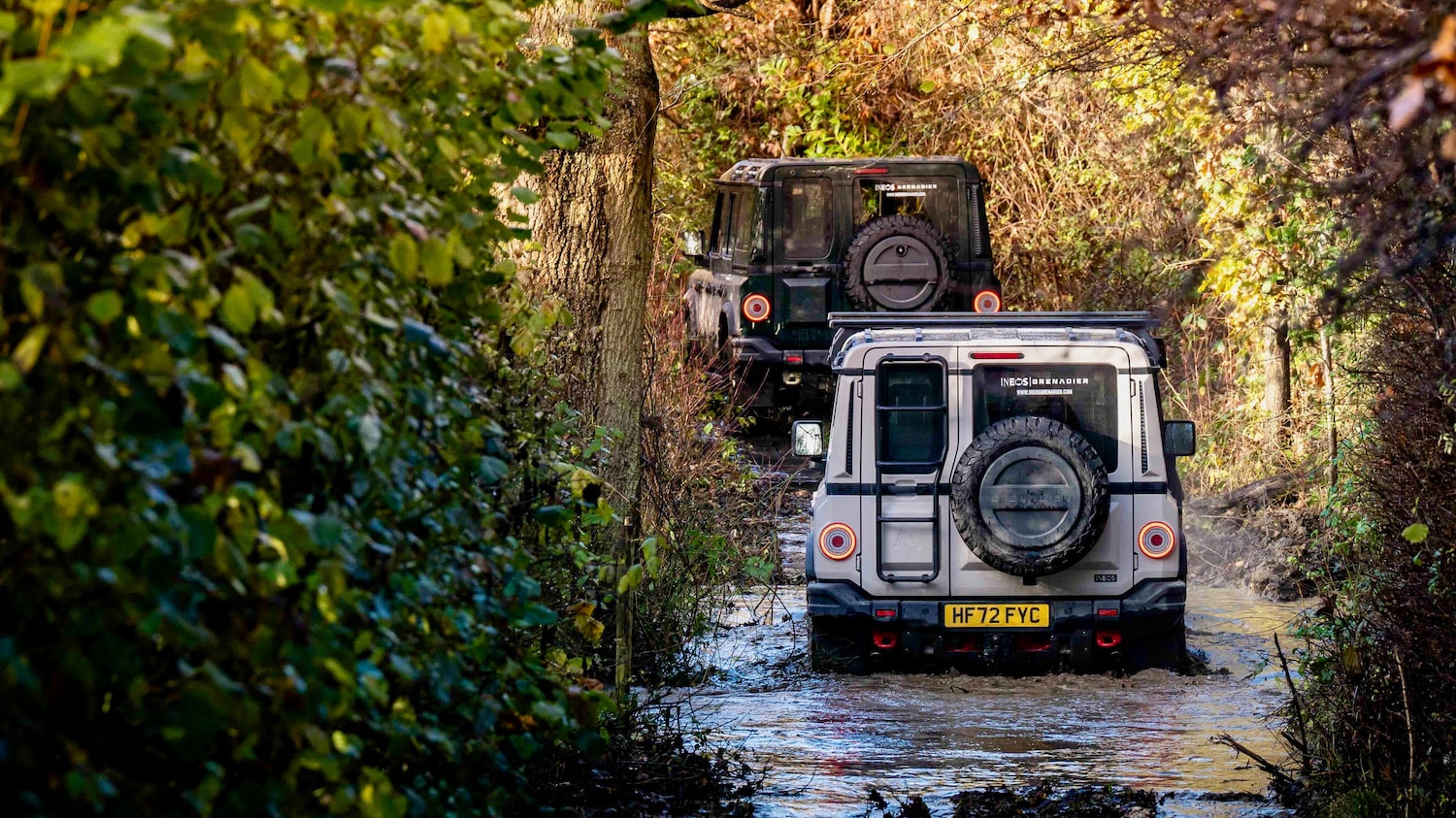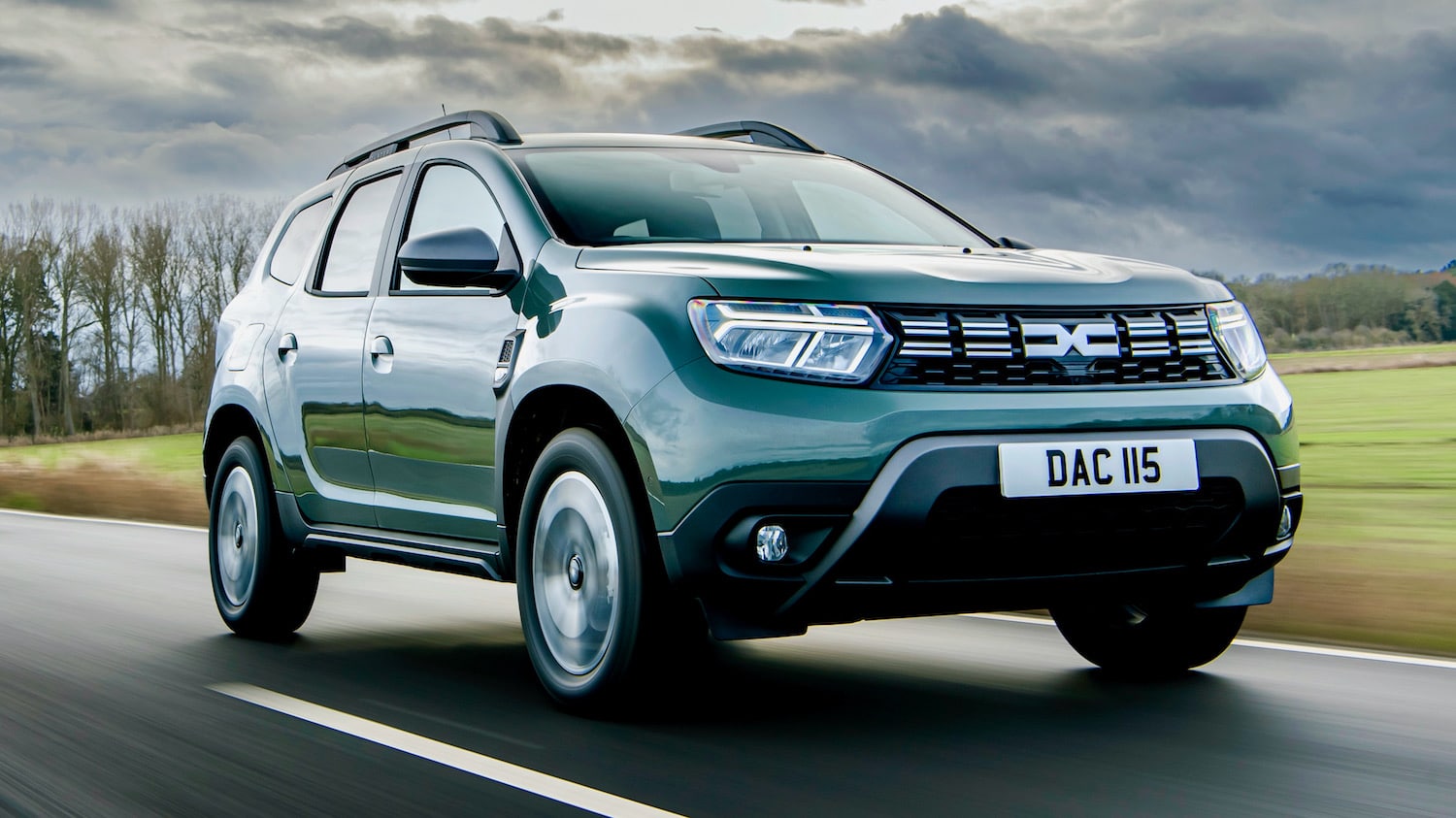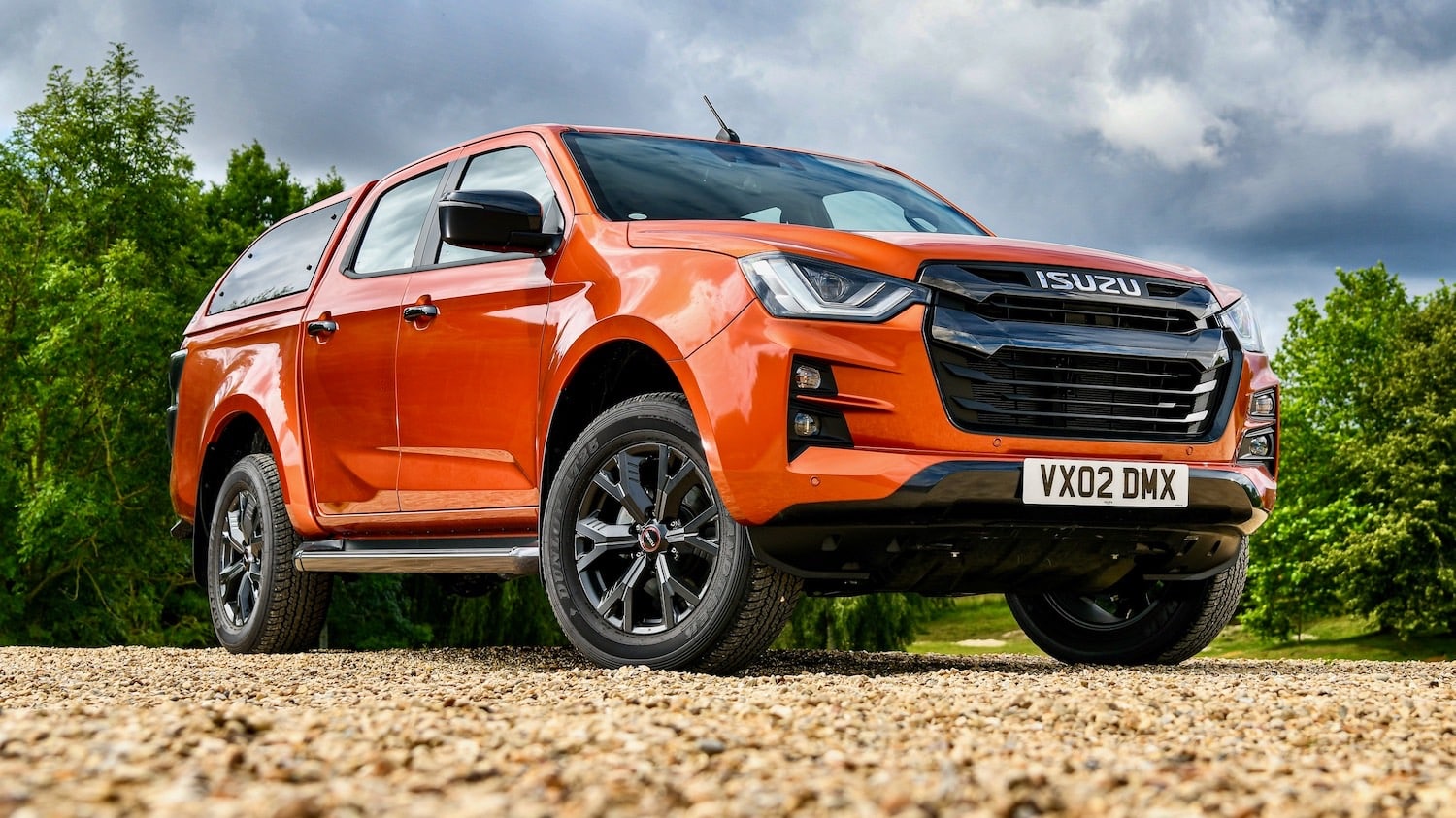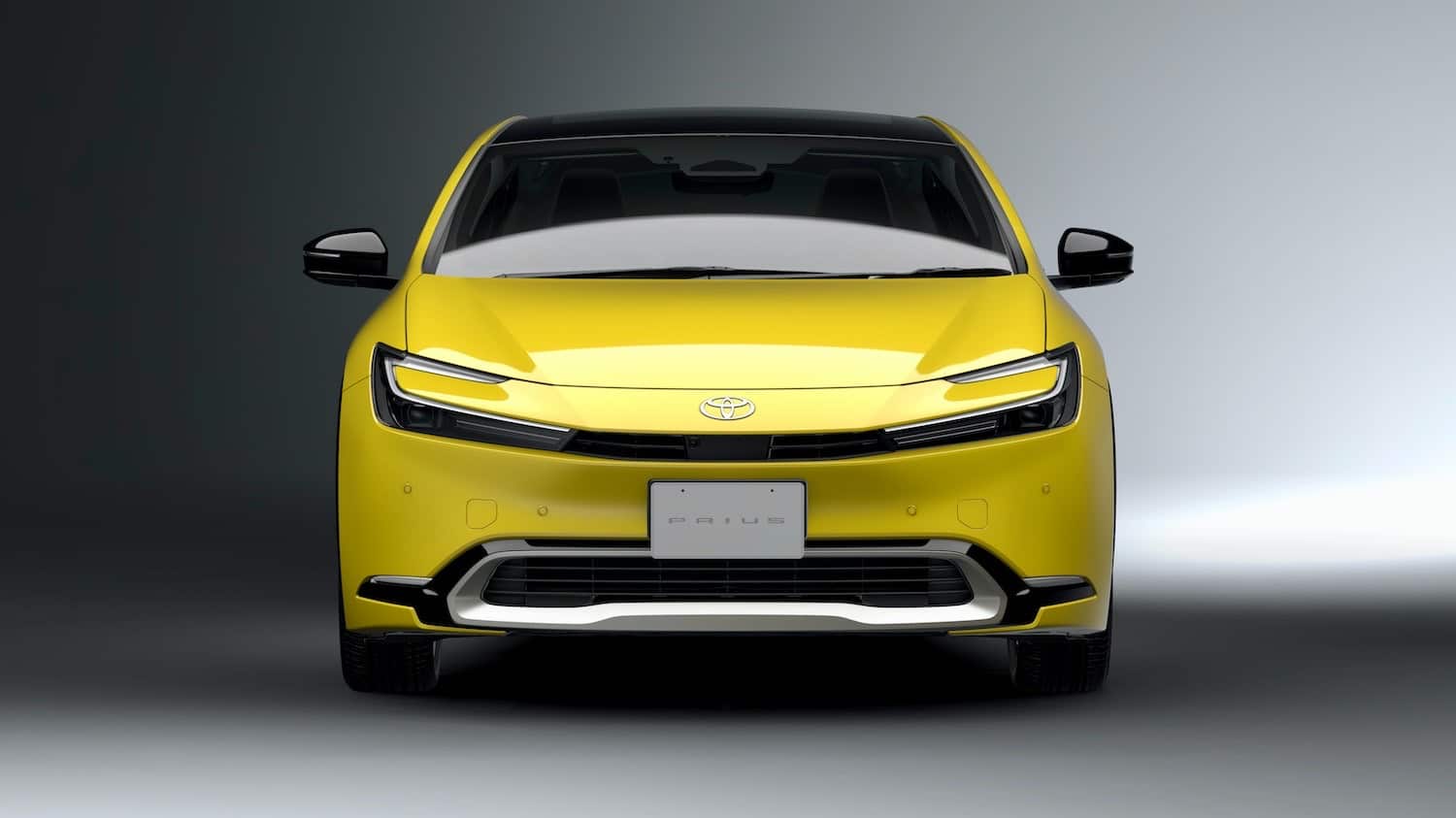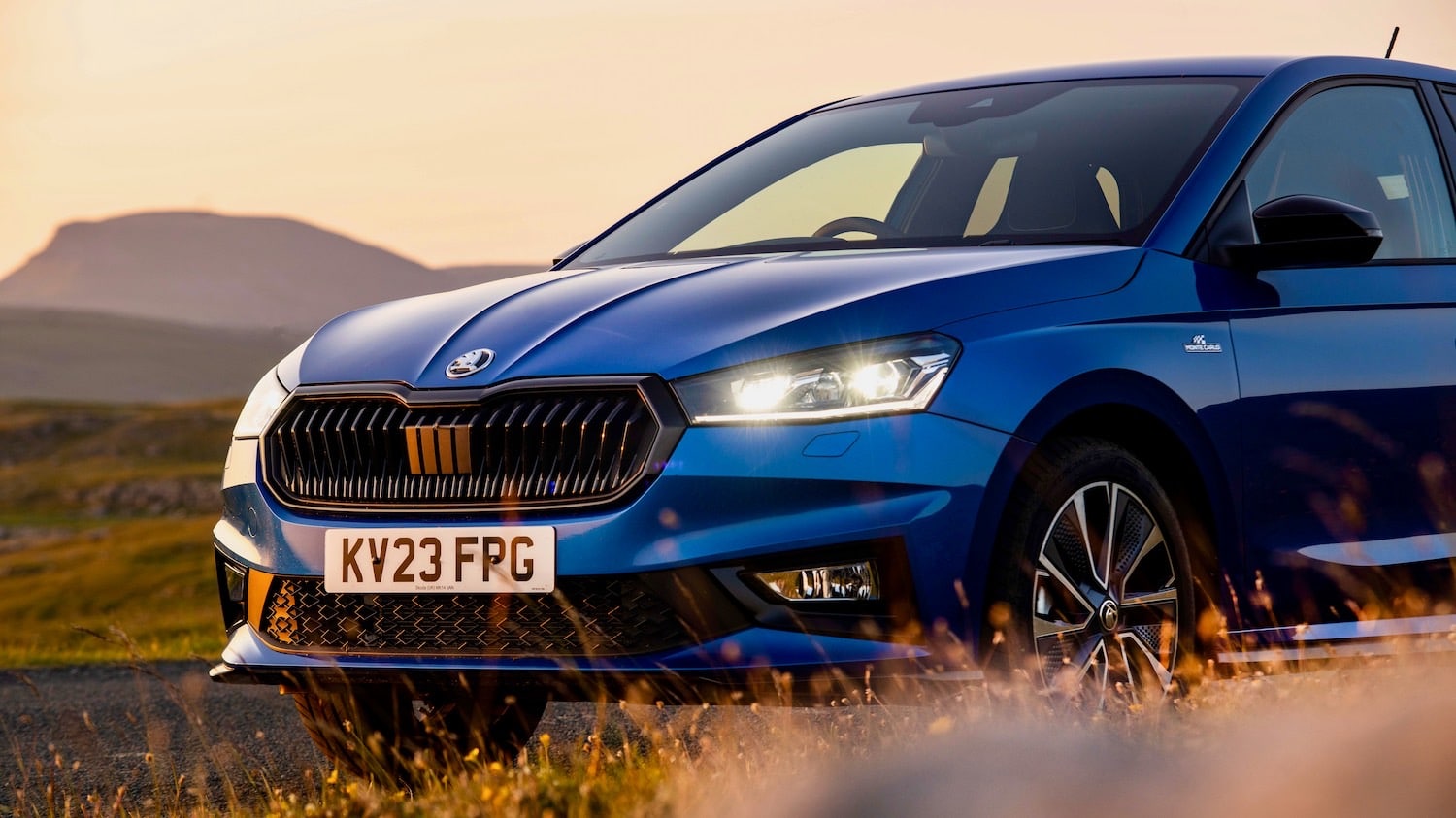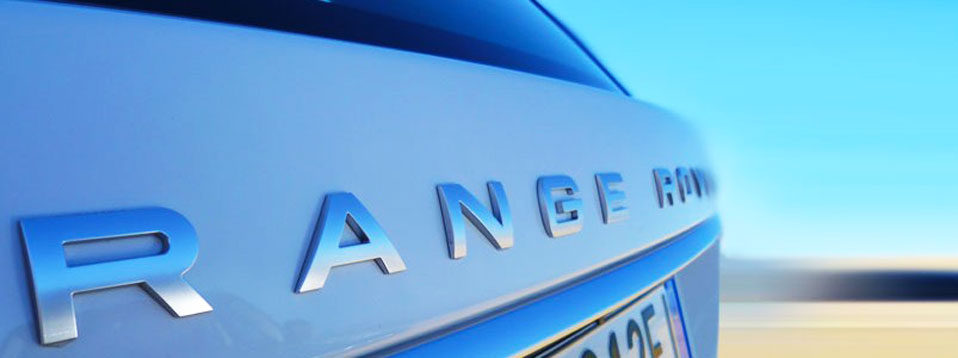The New Range Rover in Morocco
A pink dusk is settling over an arid African landscape at the end of a kaleidoscope of a day.
In the space of a few hours we have driven across sand dunes, negotiated a lengthy section of fast-flowing river, picked a tortuous path through a rocky gorge, dodged incoming waves on an Atlantic beach, and climbed the Atlas mountains on tracks fit only for mountain goats. All this, seated on fine leather and shielded by double glazing while cocooned in limousine luxury.
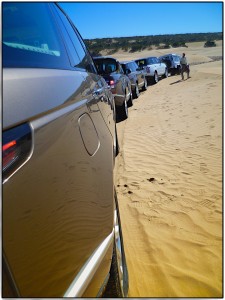
Visually the Range Rover has morphed a bit with newly chiselled lines and stretched lights within a silhouette that is still recognisably similar. Much else has changed, though. The structure has been put on a diet and the old steel body has gone, replaced by sculpted aluminium, hacking 180 kg off the overall weight. There is a new, much more fuel efficient six-cylinder turbodiesel engine. The brilliant dial-a-surface Terrain Response control has been automated, so the car now decides for you what kind of obstacles it is encountering, and sets itself up to master them.
Although the ‘Chelsea Tractor’ soubriquet that somewhat inevitably haunts these vehicles will not be easily shed, the Range Rover has become even less tractor-like. The whole rationale of the new generation car seems to be lowering the workload of the driver. Not just automatic Terrain Response, but also a more streamlined dashboard with half the number of switches the old car had.
This upper-crust Landie can now wade its way through water up to 900 mm deep, 200 deeper than its already very capable predecessor could cope with. The hidden secret is a new design of engine air intake, with high under-bonnet channels designed to seal out any encroaching water. Their distinctive shape has earned them the nickname of Queen Mary funnels.
[portfolio_slideshow]The new three-litre TDV6 engine is smooth-running and uncannily refined. With a power output of 258 PS, 600 Nm of torque, a combined fuel economy figure of 37.7 mpg, 196 g/km of CO2, and a 0-62 acceleration time of 7.4 seconds, this is the best of the three engines on offer. The others are a three-litre V8 turbodiesel and a 5.1 litre supercharged petrol, but climbing the engine and specification ladder comes at a high price. The top-level supercharged Range Rover Autobiography costs nearly £100,000.
The engine’s quiet running is further enhanced by those double glazed windows, which are set in soft-shut doors that suck themselves closed if you leave them ajar. The tailgate through which you access the luggage space in the boot can either open in one-piece mode or it splits horizontally to open in two sections, and it is power-operated.
Prices start from £71,725, so the new Range Range is eye-wateringly expensive, but also quite staggeringly capable. No other car on earth can tackle such a daunting variety of tough terrain and still turn up at the king of Morocco’s palatial hotel in Marrakech with such aristocratic panache.
For such a remarkable toughie, the Range Rover is incredibly civilised to drive. Its predecessor was a mannerly vehicle, as much at home on the Kings Road as in the foothills of Kilimanjaro. But you couldn’t drive it like a sports car, pushing it fast on a bendy back road without experiencing a bit of disconcerting body-lean. This new car has better body-control and feels lithe and agile where its predecessor was a bit more inclined to lean and lumber.
Cabin quality has entered a new league, too. The new Range Rover is beautifully crafted inside, with its virtual instruments, precision switchgear and the provision of more executive toys for back seat passengers. You can now choose between a five-seat configuration for the car or a more ambassadorial four seater option, with two captain-style seats in the back and a limousine centre console between them.
Overall this is a mightily impressive vehicle, as it should be for the price. It isn’t perfect though. We have a couple of gripes in particular. The plush winged head restraints on the front seats are over-stuffed, forcing your neck too far forward. There are also some clunky details about the satnav, including a cumbersome adjustment for the map scale and an irksomely patronising female voice for route instructions, which often seem to come just a touch later than you’d ideally like.
So the new Range Rover has some some flaws. But when it has just transported you to a mountain to, delivered a breathtaking view, and made you feel like you are on top of the world, will you really notice? To the perennial question asked of motoring writers: money no object, which is the best car? – here is a new answer.
Read More Range Rover articles on Drive.co.uk/Land-Rover
The New Range Rover in Morocco on YouTube
About Sue Baker – Motoring Correspondent, Journalist, Editor & Broadcaster
A Supplier of words & images to UK national & international publications. Contributor to many newspapers & magazines including Diesel Car, Carpages, Carkeys, Cambridge Edition, Saga, Daily Telegraph, Daily/Sunday Express, Driving, BMW magazine, Mercedes magazine, Eureka (Kia) magazine, AA magazine, 4×4, CSMA Club, Good Motoring, PHVC Update. Regular work includes new car launch reports, test drive reports, comparative twin tests and group tests, features, drive/travel reports, industry and ‘Me & My Car’ celebrity interviews.
During a 30 year career in motoring journalism, my work has appeared in nine UK national newspapers: Observer, Daily Telegraph, Daily Mail, Independent, Times, Sunday Times, Daily/Sunday Express, Daily Star,
TV and Radio
Television experience includes 11 years as a presenter on the popular BBC TV motoring programme Top Gear, three years as motoring correspondent on BBC Breakfast Time, guest apearances on BBC News 24. Broadcasting work includes contributions to BBC Radio 4 Motoring & the Motorist, and Woman’s Hour; Radio Five Live, Radio 2 Nightline and the John Dunn show, BBC local radio; LBC motoring spot; British Forces Broadcasting Service motoring programme. Guest spots on World Radio Switzerland.
